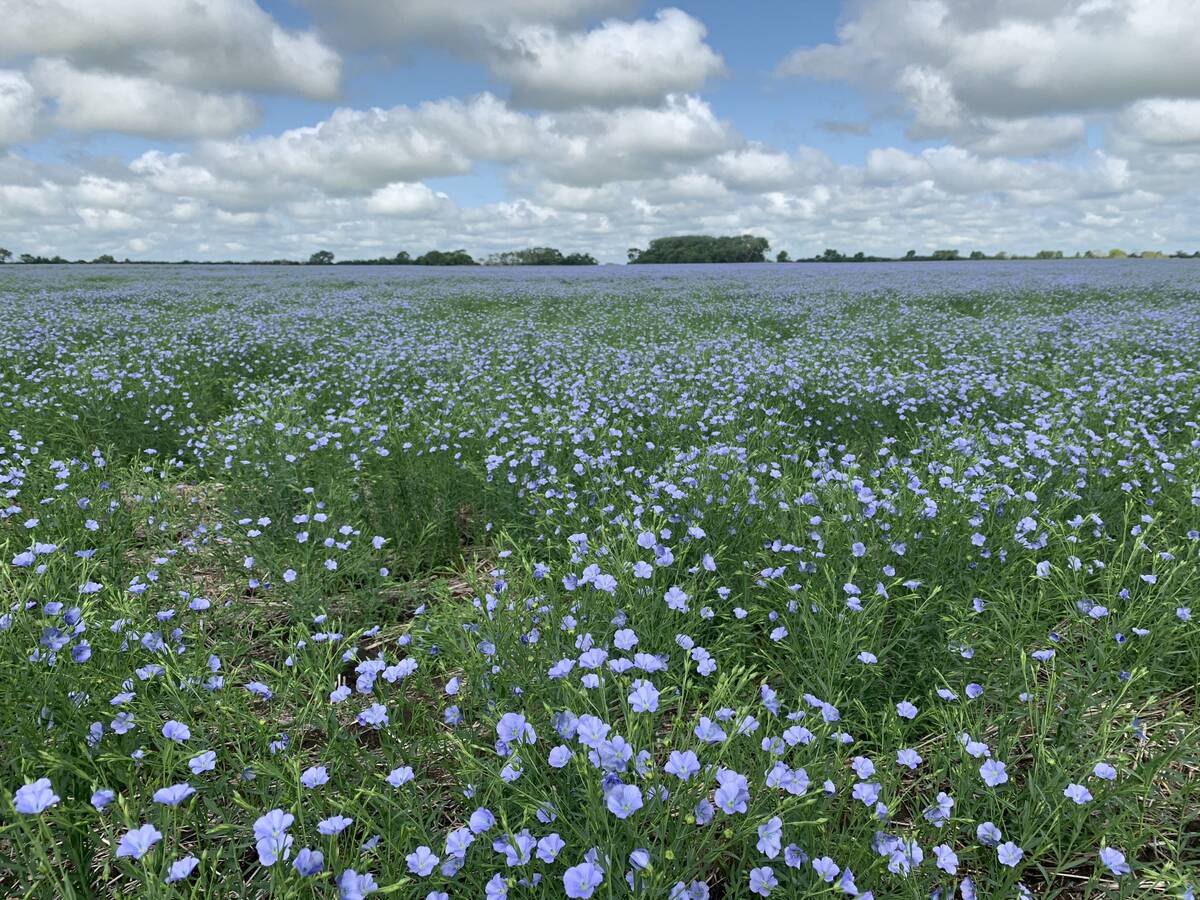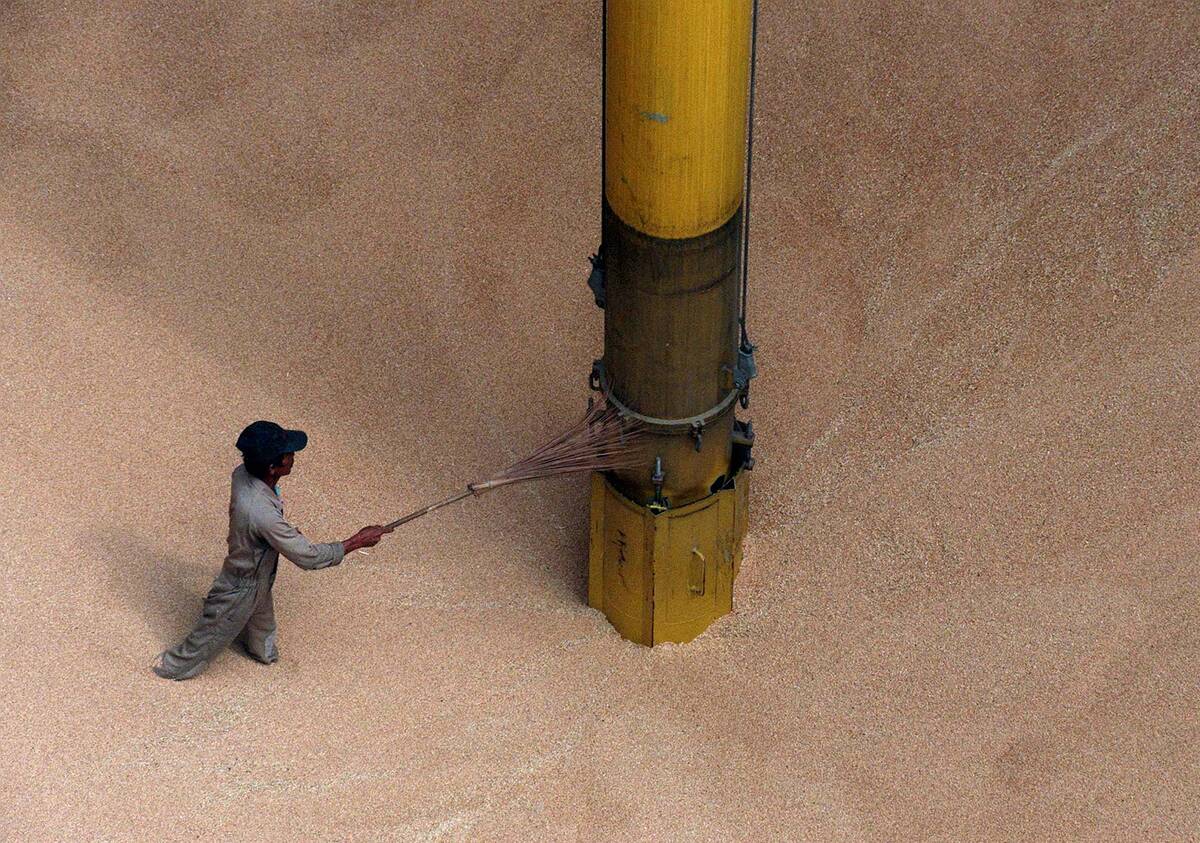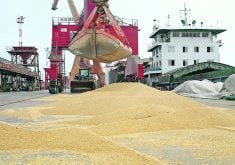Competition could increase in the world’s second largest wheat import market as Indonesia scrambles to find ways to avoid high American tariffs.
The details of the situation were somewhat unclear as this column was written, but what is clear is that Indonesian millers say they have committed to buy increased amounts of American wheat over the next five years.
That news was part of a rash of announcements as many countries sought strategies to keep on the good side of U.S. president Donald Trump, who last week unleashed a barrage of tariff threats designed to put a fire under trade negotiations that were not achieving results as quickly as he hoped.
Read Also

Flax sector sees omega-3 opportunity
SASKATOON — A global shortage of omega-3 oils could be an opportunity for the flax sector, says an industry official….
Canada did not avoid the scattergun trade war blasts, with Trump threatening an increase in tariffs to 35 per cent from 25 percent on goods not covered under the Canada-U.S.-Mexico Agreement.
Around 20 countries got letters threatening tariffs of at least 20 per cent if they had not achieved a trade deal with Washington by Aug. 1.
Indonesia’s minister for economic affairs had thought negotiations were going well, with several deals signed, and was shocked when his country got a letter like the others, in this case threatening tariffs of 32 per cent.
Trump particularly dislikes countries that have a trade surplus with the U.S., and Indonesia consistently posts surpluses.
Up until last week, Indonesia had already made many concessions, namely a pledge to increase imports from the U.S. by US$34 billion, including agricultural products, energy and Boeing aircraft.
The country’s state sovereign wealth fund said it would make direct investments in the U.S., and Indonesia offered improved access to its critical minerals, such as copper.
The agricultural deal included a promise from the Indonesian Flour Mills Association to double its purchases of American wheat over the next five years to one million tonnes per year. The millers signed a memorandum of understanding with U.S. Wheat Associates, the export market development organization for the U.S. wheat industry.
In the first year, 2025, the millers will buy 800,000 tonnes and then increase to a million tonnes annually through to 2030.
Except for the couple of years that China became the leading wheat importer, Indonesia generally is the world’s second largest wheat importer after Egypt.
The rapidly developing country, with a population of about 280 million, buys 12 to 13 million tonnes because it produces no wheat itself. Of that, close to 10 million tonnes is food wheat and the rest is feed for the country’s large poultry sector.
Australia is the top wheat supplier, providing around four million tonnes.
Australian soft wheat fits Indonesia’s growing appetite for instant noodles as an alternative to rice.
Canada is the number two supplier, averaging more than two million tonnes of wheat a year over the past five years, plus a small amount of durum.
In the August to May period of this crop year, the county has imported 1.94 million tonnes of wheat, making it the leading customer for Canada.
Indonesia’s wheat suppliers also include Ukraine, Argentina and Russia. Until now, U.S. wheat imports were well down the list, averaging about 500,000 tonnes per year.
Indonesia’s millers value Canadian wheat for making bread.
This country’s wheat industry has a long and close relationship with Bogasari Flour Mills, which is the largest milling company in the world, with 50 per cent of Indonesia’s market.
I remember being on a trade mission to Indonesia and Japan with then-agriculture minister Ralph Goodale in 1997.
In the sweltering heat of the capital, Jakarta, the minister toured a massive Bogasari mill, taking great interest in the technology while I, a hapless reporter, sweated copiously through my sports jacket and tie, taking photos and notes.
Indonesia’s imported wheat totals have been growing along with its population and prosperity, with food wheat consumption growing by 22 per cent over 10 years.
By some forecasts, Indonesia’s economy, based on purchasing power parity, will grow to become the world’s fourth largest by 2050.
So if the country starts to buy more tonnes of wheat from the U.S., it does not necessarily mean Canada will sell less.
However, Canada’s wheat industry will have to be vigilant.
US Wheat Associates hopes the next five years will allow it to showcase American wheat, and it intends to provide technical support and capacity building.
However, Canada has the benefit of an already negotiated bilateral trade agreement with Indonesia. The deal is expected to be ratified by each country’s legislature this year and put into force in 2026.
Canada’s wheat industry cheered the deal and expects it will put this country on an equal footing with Australia, which signed its own deal with Indonesia a few years ago.
To contact D’Arce McMillan, email newsroom@producer.com.















